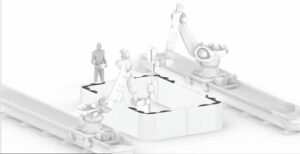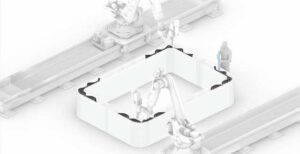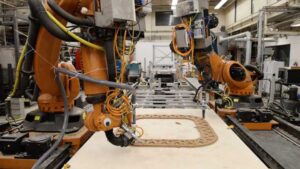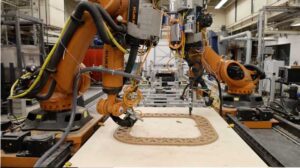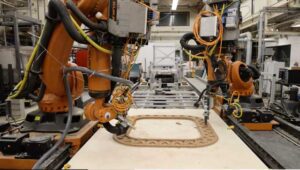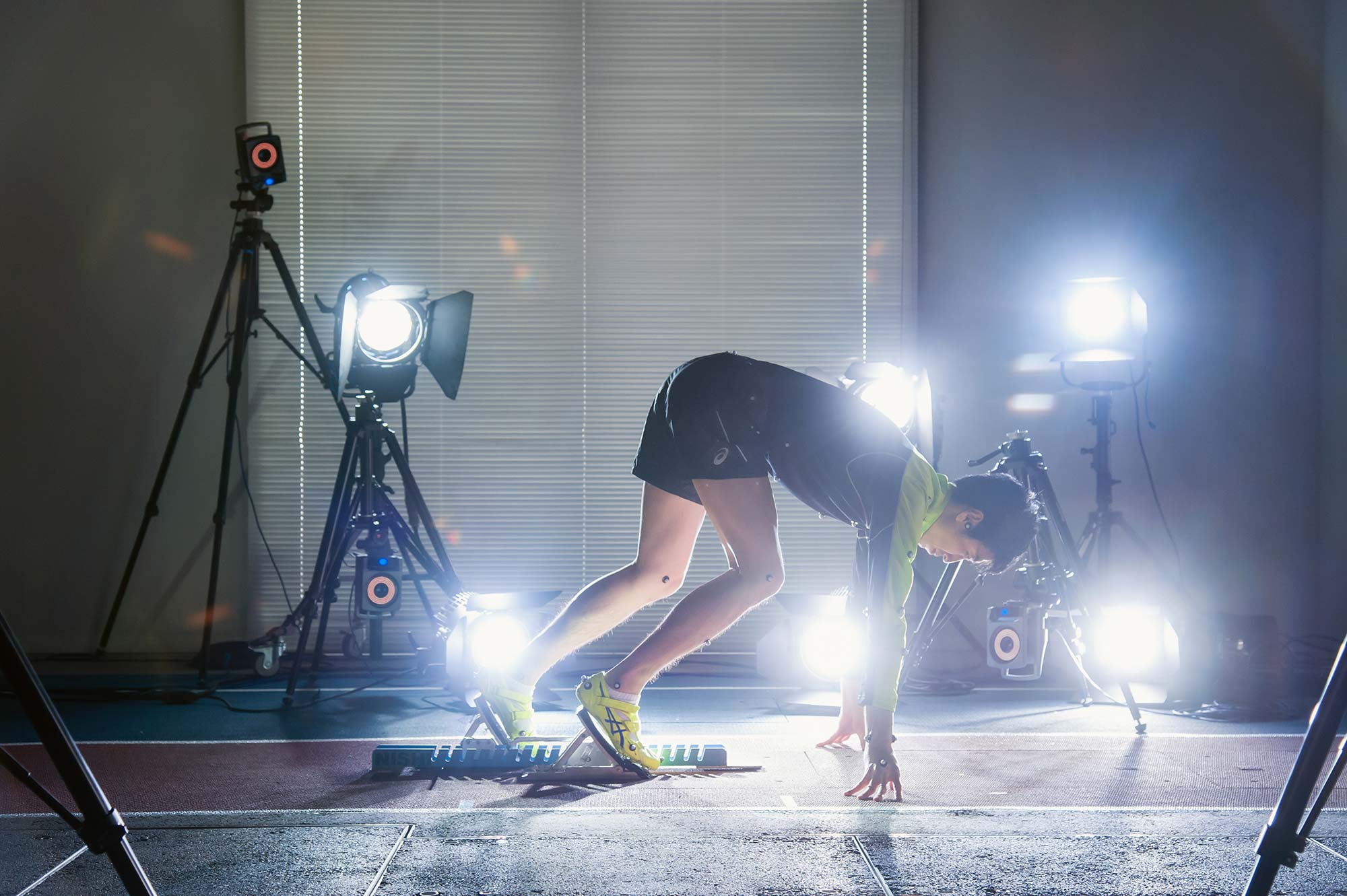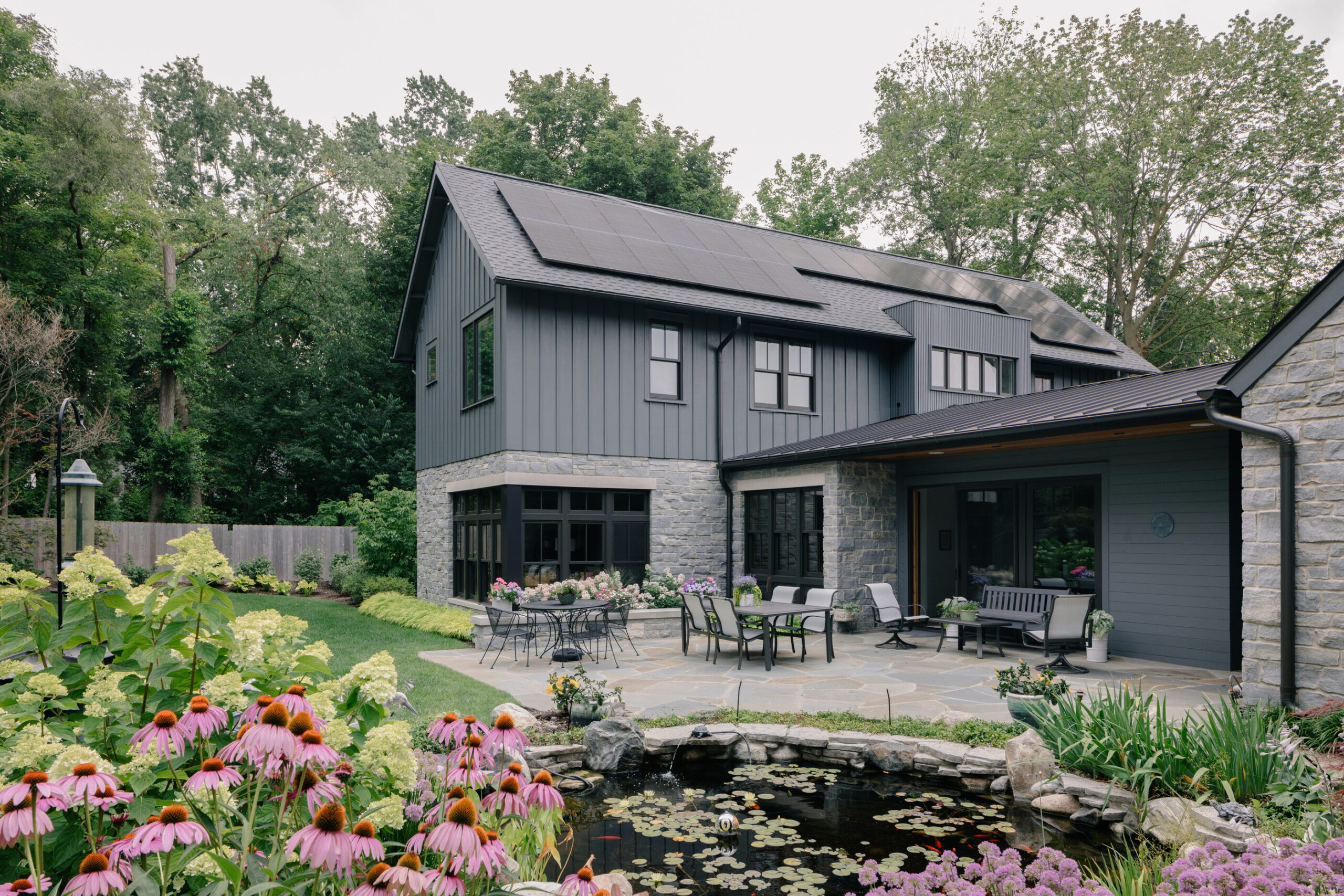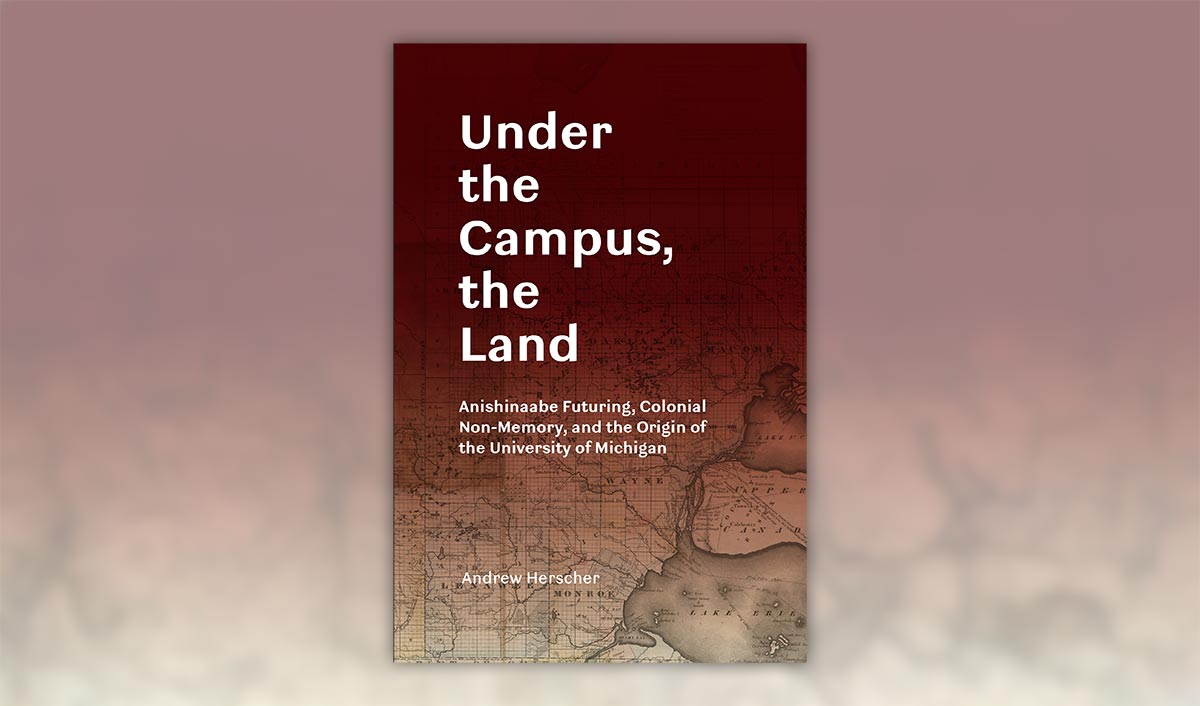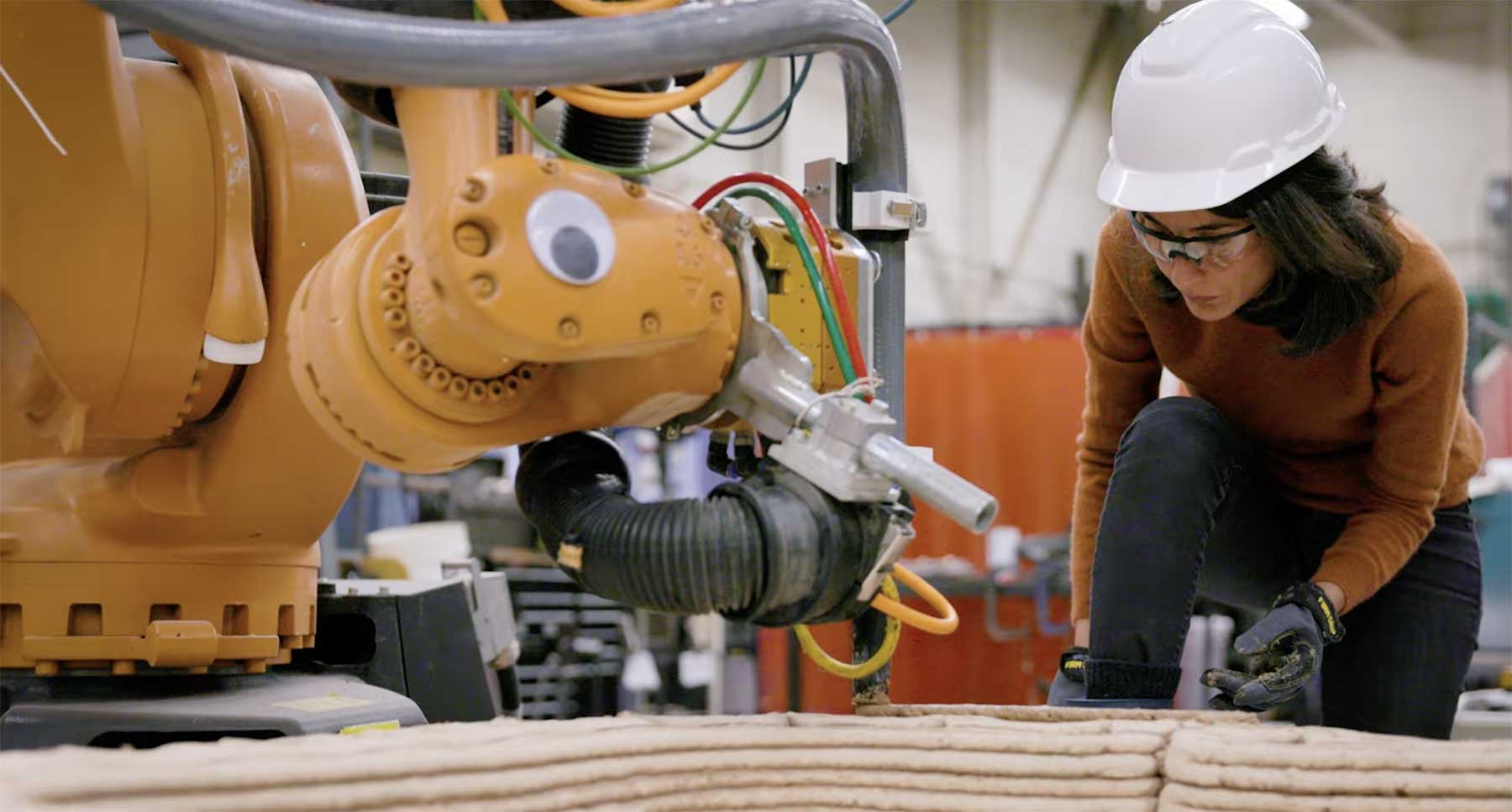
Multi-Robot 3D Printing: A Conversation with Mania Aghaei Meibodi and Colleagues
By implementing human-guided, interactive, multi-robot technology, Taubman College Assistant Professor of Architecture Mania Aghaei Meibodi and her colleagues at the University of Michigan are working together to enhance standard 3D printing practices for construction, making the process more efficient, accurate, and cost-effective. Their innovative approach to 3D printing methods has strong potential to sustainably transform the industry’s future.
Video Transcript
Mania Aghaei Meibodi, assistant professor of architecture; director, DART Lab
U-M’s Taubman College of Architecture and Urban Planning
Construction doesn’t have a choice. It’s in a stage where it has to make a change to survive, and also it needs to respond to rapid urbanization. Right now, one-third of the world’s CO2 is produced from construction, one-third of the world’s waste is from the construction industry, and we are running short of construction workers and building materials.
Through 3D printing, especially, it will open up new opportunities. I am Mania Meibodi. I’m an architect by practice, specializing in computational design and robot construction. I’m an assistant professor leading Dart Laboratory, which is an interdisciplinary research team. We focus on pioneering novel technologies in the realm of robotics and 3D printing in construction,
There has been more and more interest in employing 3D printers on the largest scale and in construction. 3D printing in architecture and construction is still facing some challenges today – scalability, affordability, speed, and even the material that you can print with. The concept of multi-robotic 3D printing is to overcome these challenges.
Multiple robots can build much faster or print much faster. They also would allow you to work with multiple materials at the same time, meaning that we can print a more complex building part that we didn’t have the capacity for before.
It will make things more affordable. The ability to 3D print high-precision buildings with high performance with multiple robots means that we can catch up with the speed that is needed. It means also, the prices of parts or buildings or infrastructure we are building are being reduced.
We will be eliminating waste. Obviously, with 3D printing, you don’t need formwork. You will also place material precisely and strategically where it’s needed. This also means we will be resourceful, so you use less material. We can recycle material. We could use sawdust that we are throwing out yearly and not using it. We could turn this into a building material. We could eliminate cutting more trees but rather use the waste that we have right now from other products that we are producing or from our own buildings. Turn this into a raw material that we are printing with.
Kathy Velikov, associate dean for research and creative practice; professor of architecture
U-M’s Taubman College of Architecture and Urban Planning
In order to meet the challenges of decarbonization, new construction, as well as societal challenges, we need to rethink the whole system of construction and building, and building design. Multi-robot 3D printing is for sure going to be one of the key pieces of that puzzle.
Meibodi
This is not only a new technology, it is a new introduction to a new field within architecture, engineering, and construction. I think we will see a lot of human interaction with machines in contrast to the prior time when automation meant replacing the laborer.
Kira Barton, professor of mechanical engineering and robotics
U-M College of Engineering
We absolutely don’t want to replace them. We want to harness their knowledge, to take some of the tasks that maybe are the more dangerous ones or maybe are things that could be done in an automated way and use a smart system to do that. The workers get to be more efficient and work on the fun parts of the job, the really challenging, thought-provoking components. And now they could start to tackle this really big problem which is that there’s just so much building that is being asked of this group of people.
Meibodi
We will have to educate a new set of future leaders in technology for design and technology for construction. We need material scientists, roboticists, controllers, and designers, working together to create this new field.
The U-M Office of the Vice President for Research (OVPR) has mechanisms such as Bold Challenges that would accelerate team building in a very meaningful way.
Velikov
Construction and design in the built environment are an integrated problem, so you need much larger teams to work on these complex problems because buildings are not simple problems.
Meibodi
You can take your research and go to the department, engineering department, or business department, and find other professors who are interested in taking your technology and expanding it in their realm.
Barton
Bringing all those people into the room who all truly care about how we make an impact in this industry but how do we do it from the perspective of many different stakeholders, not just an academic, is really key to that.
Meibodi
Our work with them [OVPR] to envision an establishment of the world’s leading robotic 3D printing center has been extremely helpful to also rethink what it means for the United States, but also across the world.





